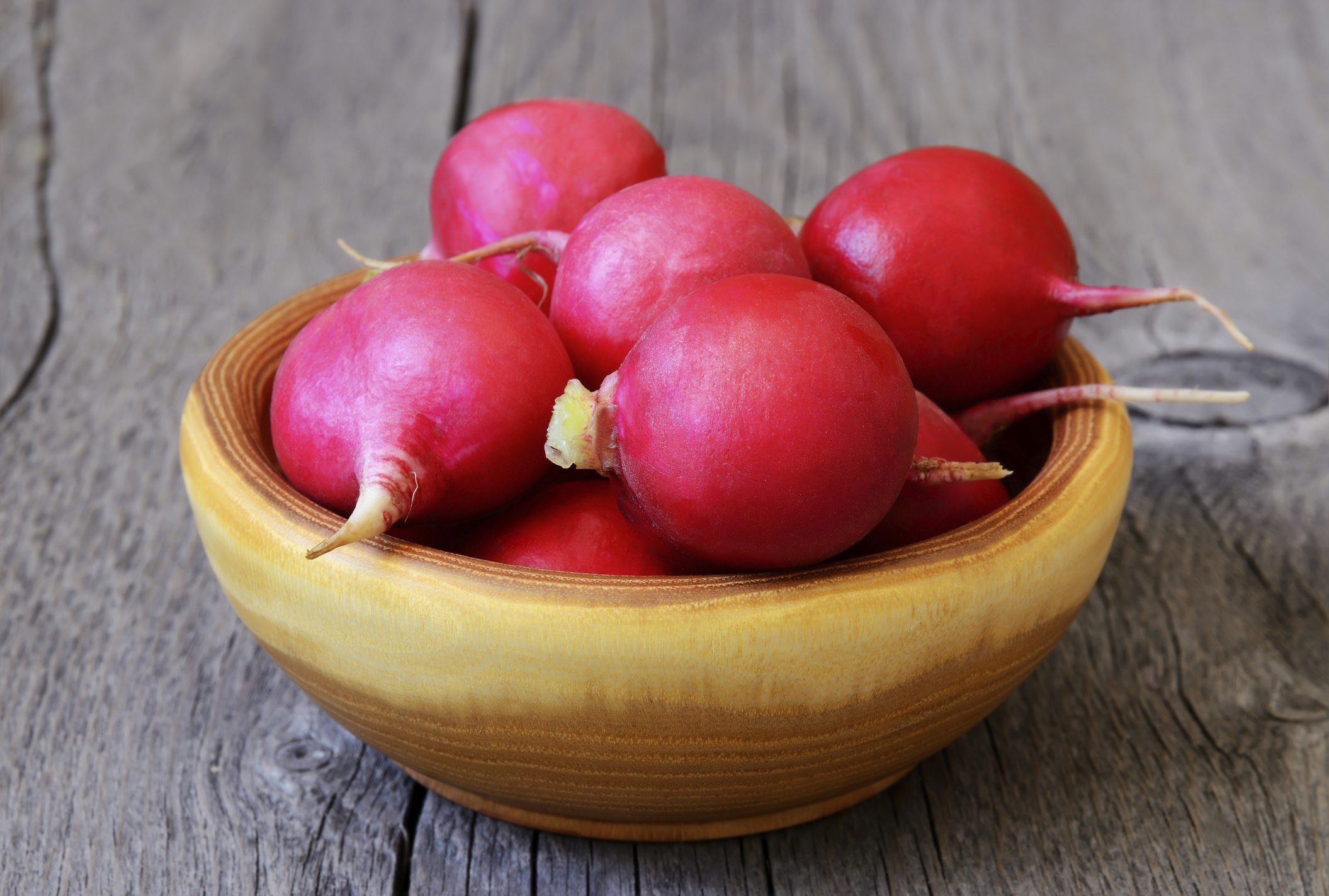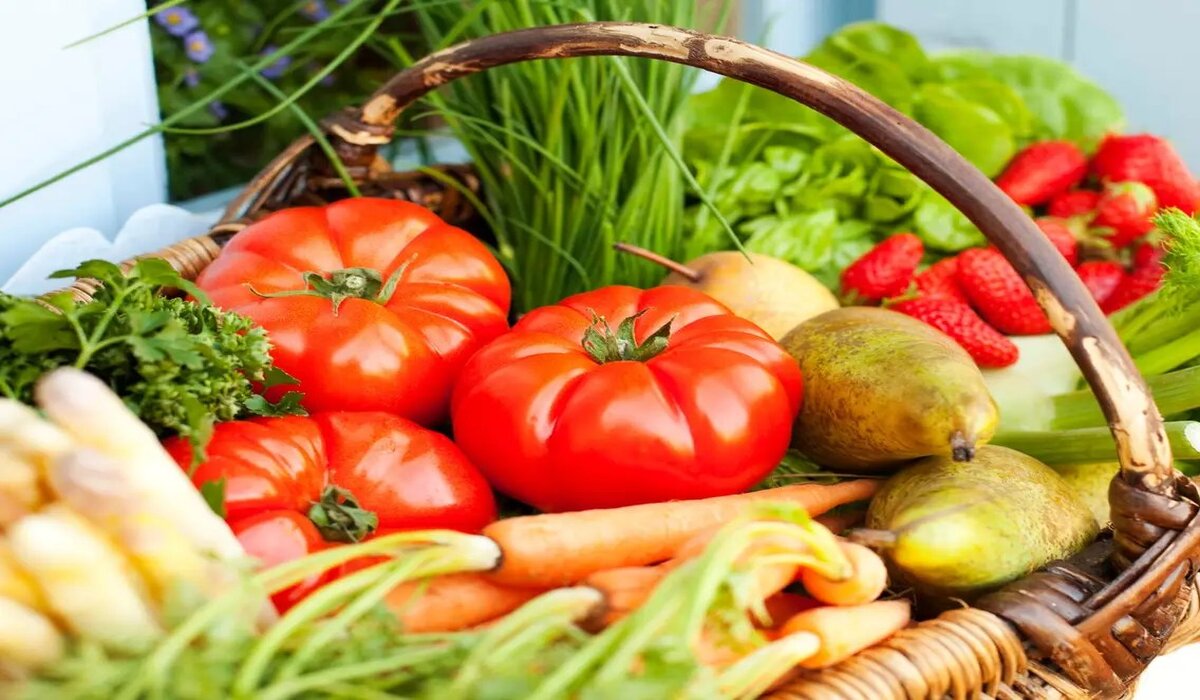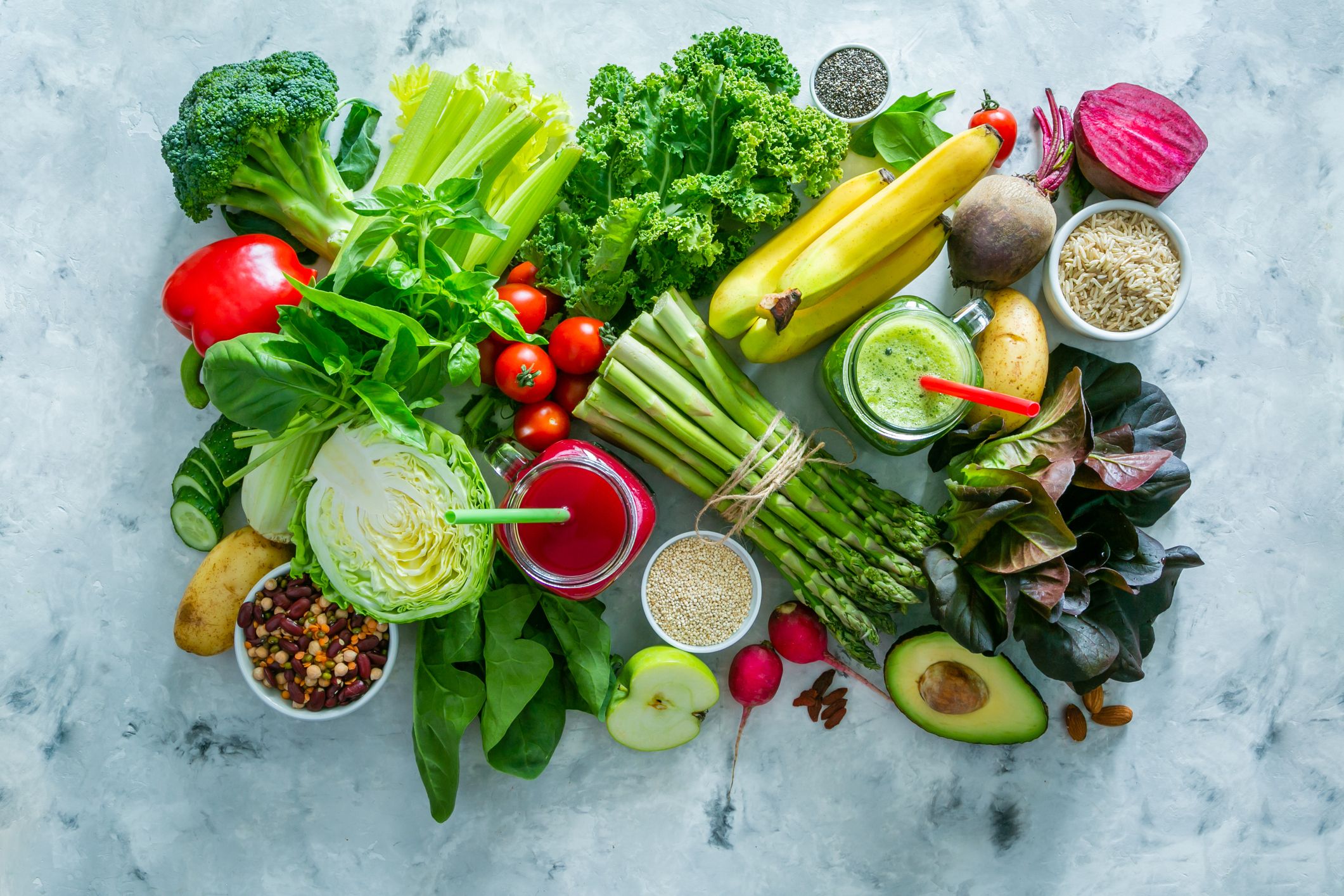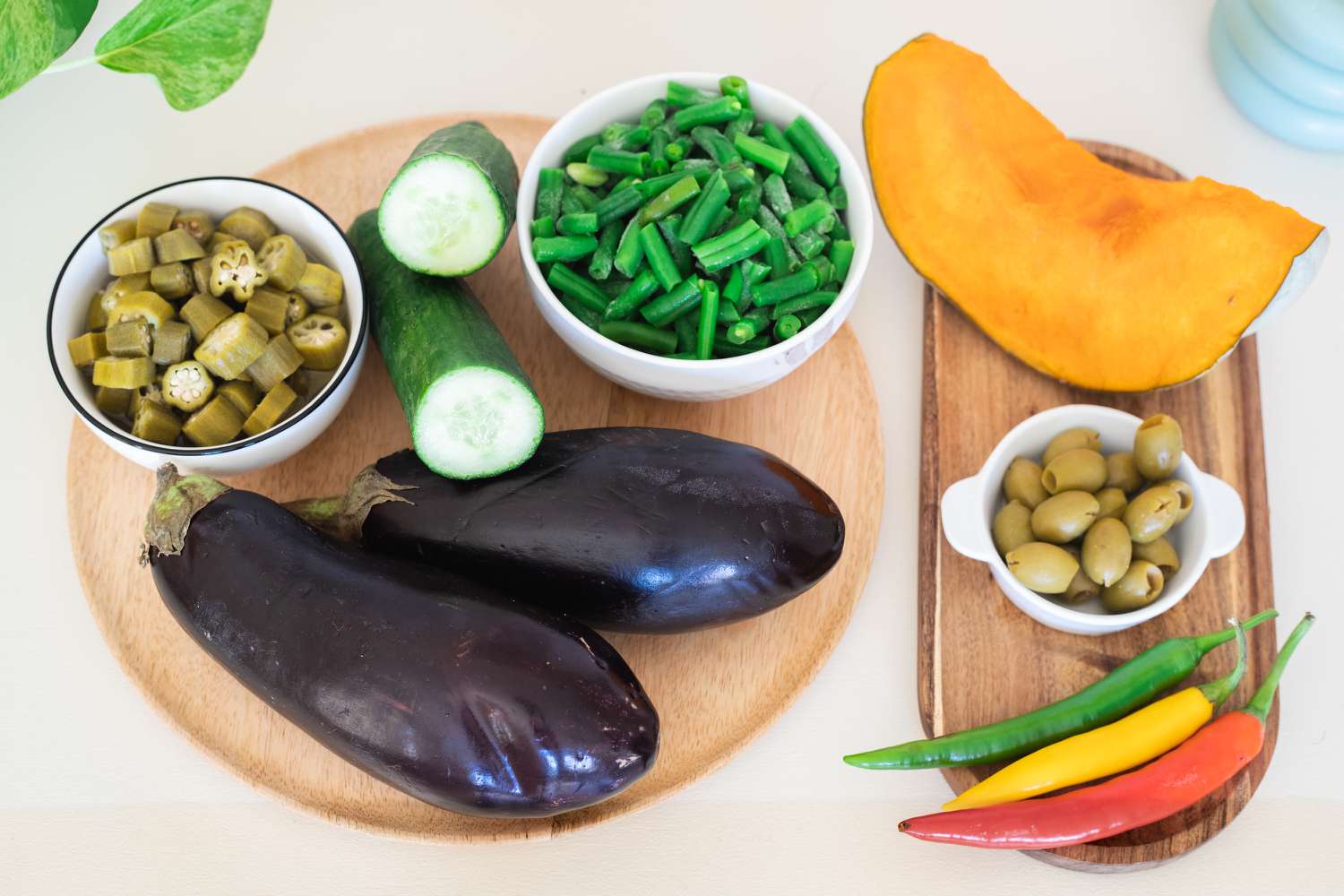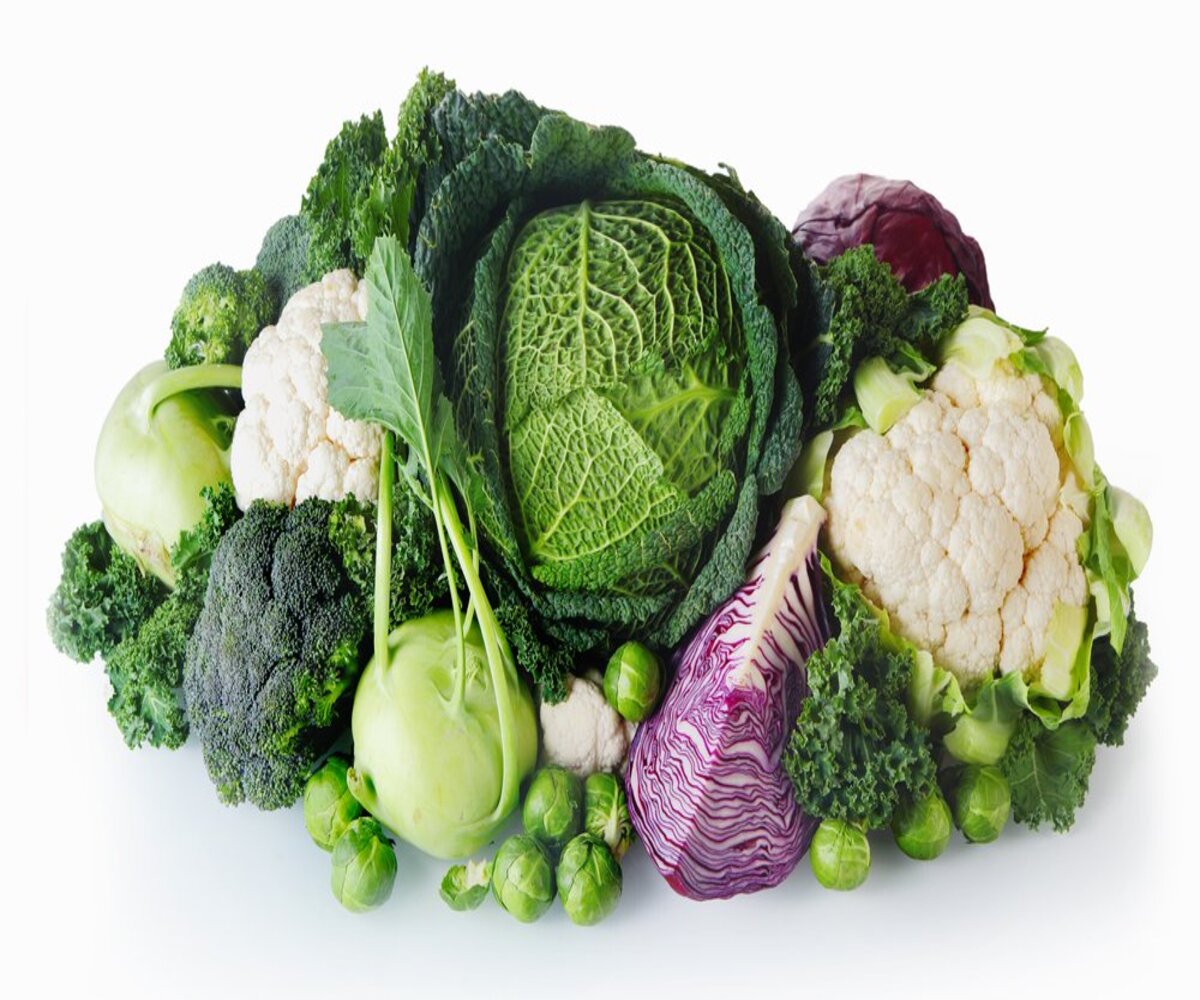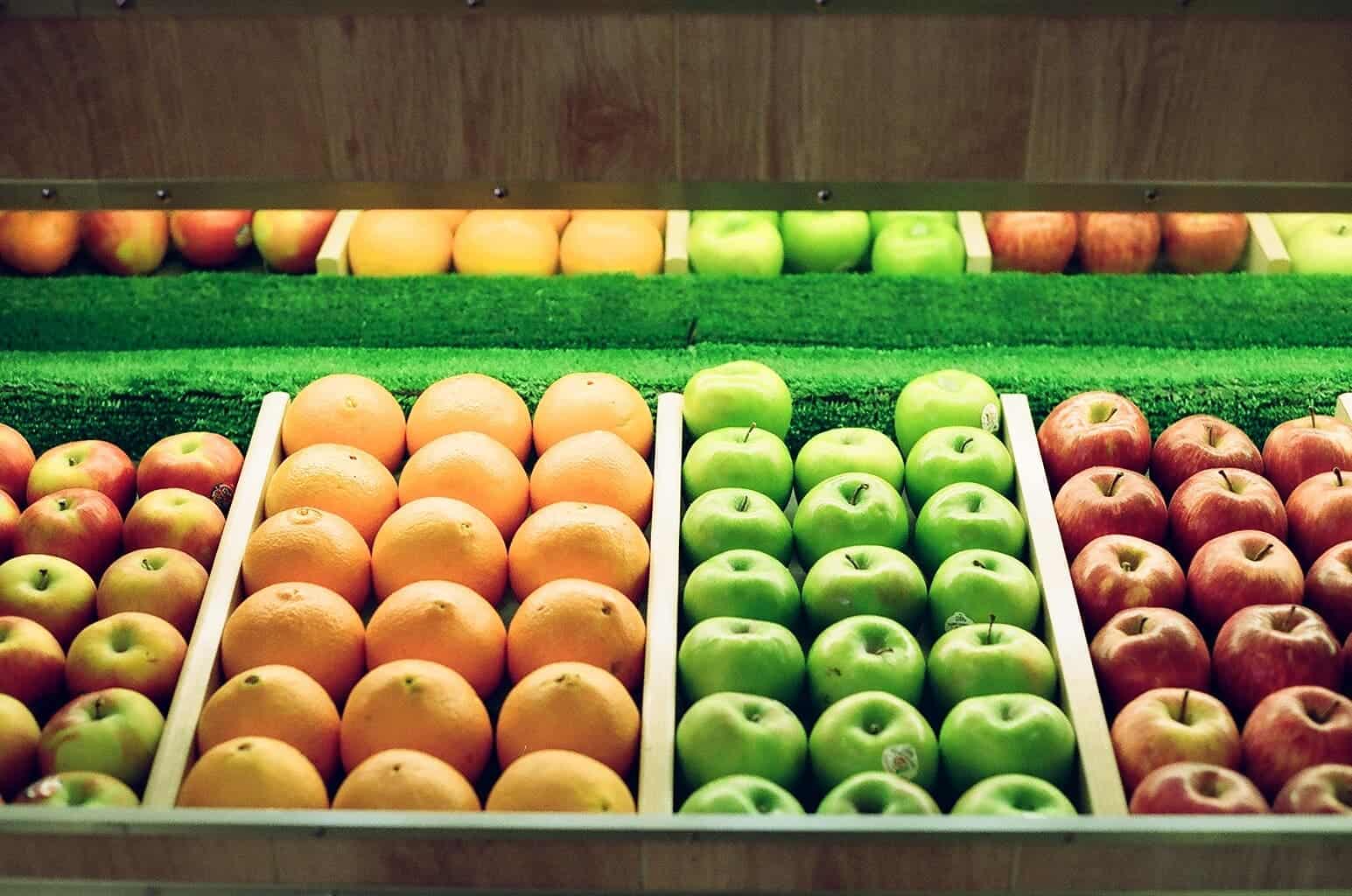Home>Gardening News and Trends>Latest News>What Fruits And Vegetables Can Dogs Have
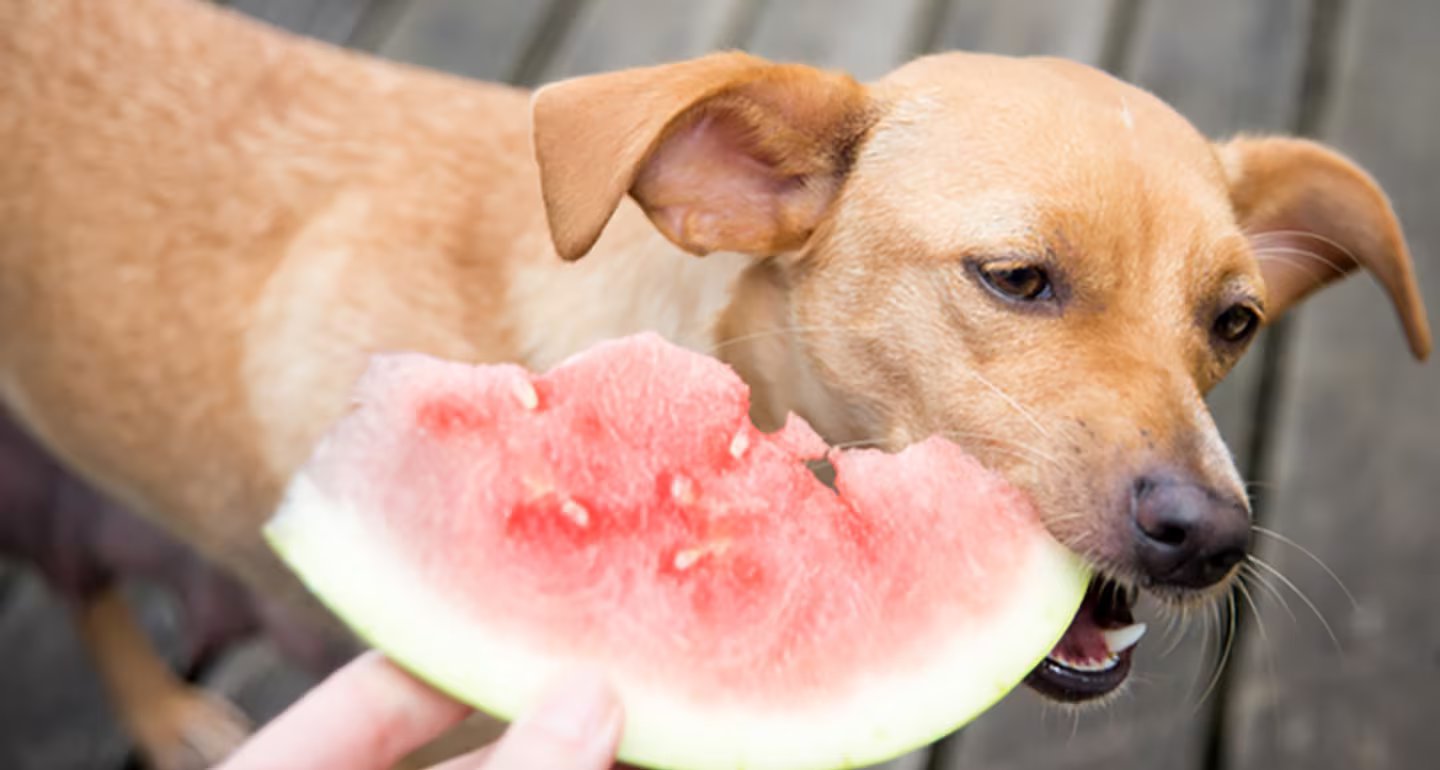

Latest News
What Fruits And Vegetables Can Dogs Have
Published: October 12, 2023
Find out which fruits and vegetables are safe for dogs to eat. Stay updated with the latest news on canine nutrition and keep your furry friend healthy.
(Many of the links in this article redirect to a specific reviewed product. Your purchase of these products through affiliate links helps to generate commission for Chicagolandgardening.com, at no extra cost. Learn more)
Table of Contents
Introduction
Welcome to our guide on what fruits and vegetables dogs can have. As responsible pet owners, we always strive to provide our furry friends with a balanced and nutritious diet. While dogs primarily thrive on a diet of high-quality dog food, incorporating fruits and vegetables into their meals can offer a range of health benefits.
Fruits and vegetables are packed with essential vitamins, minerals, and antioxidants that can support overall well-being and boost the immune system. They can also provide dietary fiber, aid in digestion, and even help with weight management. However, it’s important to note that not all fruits and vegetables are safe for dogs to consume.
In this comprehensive guide, we will explore the benefits of incorporating fruits and vegetables into your dog’s diet, provide a list of safe options, and highlight the ones you should avoid. We will also share tips on how to serve these foods to your furry companion for maximum enjoyment and nutritional value.
Remember, while fruits and vegetables can be a healthy addition to your dog’s diet, they should never replace a balanced canine-specific food. Always consult with your veterinarian before making any significant changes to your pet’s diet.
Benefits of Fruits and Vegetables for Dogs
Incorporating fruits and vegetables into your dog’s diet can offer numerous health benefits. Here are some key advantages:
- Essential Nutrients: Fruits and vegetables are rich in vitamins and minerals, including vitamin A, vitamin C, potassium, and fiber, which are essential for overall health and well-being.
- Antioxidants: Many fruits and vegetables contain antioxidants that help prevent cell damage, boost the immune system, and reduce the risk of chronic diseases in dogs, just like in humans.
- Digestive Health: The fiber content in fruits and vegetables can support a healthy digestive system in dogs. It aids in proper digestion, prevents constipation, and promotes regular bowel movements.
- Weight Management: Fruits and vegetables are low in calories and high in fiber, making them a great addition to a weight management plan for overweight dogs. They provide a feeling of fullness without adding excess calories.
- Hydration: Certain fruits and vegetables, such as watermelon and cucumber, have high water content, which can contribute to your dog’s hydration, especially during hot summer months.
- Dental Health: Chewing on crunchy fruits and vegetables can help remove plaque and tartar buildup on your dog’s teeth, promoting better oral health. However, remember to avoid giving them fruits with seeds or pits to prevent choking hazards.
While these benefits are enticing, it’s important to note that fruits and vegetables should be given to your dog in moderation. Too much of a good thing can lead to digestive upset or an imbalance in their diet. Always introduce new foods gradually and watch for any adverse reactions.
Safe Fruits for Dogs
When it comes to feeding your dog fruits, it’s crucial to offer them only safe options that are not toxic to canines. Here are some fruits that are generally safe for dogs to consume:
- Apples: Apples are a great source of vitamins A and C and can provide a natural crunch to your dog’s diet. Remember to remove the seeds and core, as they can be choking hazards. Also, feed apples in moderation due to their sugar content.
- Blueberries: Rich in antioxidants, blueberries can be a tasty and nutritious treat for dogs. They are low in calories and high in vitamins C and K. Offer fresh or frozen blueberries as a snack or mix them into your dog’s food.
- Strawberries: Strawberries are also packed with antioxidants and high in fiber. They are a great source of vitamin C and can be a healthy and refreshing snack for your furry friend. Be sure to remove the stems and wash them before serving.
- Bananas: Bananas are a good source of potassium, fiber, and vitamin C. They make a perfect, natural dog treat, and you can even use mashed bananas as a healthy alternative to store-bought treats. However, feed them in moderation due to their high sugar content.
- Watermelon: A summertime favorite, watermelon is a hydrating fruit that is safe for dogs. It is low in calories and packed with vitamins A and C. Remove the seeds and rind before offering small, bite-sized pieces to your dog.
- Pineapple: Pineapple is a tropical fruit that contains bromelain, an enzyme that aids in digestion. It is also a good source of vitamins A and C. Offer your dog small amounts of fresh pineapple, ensuring that it is free from the tough core and skin.
When introducing these fruits to your dog’s diet, start with small portions to ensure they tolerate them well. Always remove any seeds, pits, or tough skins to prevent choking hazards and digestive issues. If you notice any adverse reactions, consult your veterinarian.
Safe Vegetables for Dogs
Incorporating vegetables into your dog’s diet can provide them with added nutrients and fiber. Here are some safe vegetables that dogs can enjoy:
- Carrots: Carrots are low in calories and high in fiber and beta-carotene. They provide a satisfying crunch for dogs and promote good oral hygiene. Raw carrots or cooked carrots without seasoning can be a healthy treat or add-on to meals.
- Sweet Potatoes: Sweet potatoes are a nutritious and tasty addition to your dog’s diet. They are rich in vitamins A and C, as well as fiber. Serve cooked, mashed, or sliced sweet potatoes to your dog as a side dish or occasional treat.
- Green Beans: Green beans are packed with fiber, making them a good choice for dogs that need to lose weight. They are also a good source of vitamins A, C, and K. Serve them steamed, boiled, or raw (as long as they are not a choking hazard) as a healthy snack or to add some variety to your dog’s meals.
- Broccoli: Broccoli is a nutrient-rich vegetable that is high in fiber, vitamins K and C, and folate. However, it should be given in moderation as large quantities can cause digestive upset. Cooked or steamed broccoli florets can be offered to dogs as part of a balanced diet.
- Zucchini: Zucchini is a low-calorie vegetable that is rich in vitamins A and C, as well as potassium. It can be served cooked or raw, sliced or grated, as a tasty addition to your dog’s meal. Avoid seasoning or adding any oils or spices when preparing it for your canine companion.
- Cucumbers: Cucumbers are hydrating and low in calories, making them a refreshing treat for dogs. They are also a good source of vitamins K and C. Serve cucumbers sliced or diced, with the skin intact, as a crunchy snack or mix them into your dog’s food.
Remember to introduce these vegetables gradually into your dog’s diet and monitor for any signs of digestive upset or allergies. It’s important to offer them in moderation and ensure they are prepared in a way that is safe for dogs to consume.
Fruits and Vegetables to Avoid for Dogs
While many fruits and vegetables can be safely enjoyed by dogs, there are certain ones that should be avoided as they can be toxic to canines. Here are some fruits and vegetables that should not be given to dogs:
- Grapes and Raisins: Grapes and raisins can cause kidney failure in dogs, even in small amounts. It’s best to avoid giving your dog any foods that contain these ingredients.
- Onions and Garlic: Onions and garlic, whether raw, cooked, or powdered, can damage red blood cells in dogs, leading to anemia. Avoid giving your dog any foods that contain these ingredients, as they can be toxic.
- Avocado: Avocado contains a substance called persin, which is toxic to dogs in large quantities. It can cause stomach upset, difficulty breathing, and even heart damage. It’s best to avoid giving avocados to dogs altogether.
- Mushrooms: Many types of mushrooms can be toxic to dogs and cause symptoms such as vomiting, diarrhea, abdominal pain, and even organ failure. To be safe, keep your dog away from all types of wild mushrooms and only offer them store-bought varieties that are safe for consumption.
- Citrus Fruits: While small amounts of citrus fruits are not usually toxic to dogs, the high acidity can cause stomach irritation and digestive upset. It’s best to avoid giving your dog excessive amounts of citrus fruits or the peels.
- Tomatoes: The green parts of tomatoes, including the stems and leaves, as well as unripe green tomatoes, contain solanine, which can be toxic to dogs. While ripe tomatoes are generally safe, it’s best to remove the stems and leaves before offering them to your dog.
It’s crucial to keep these fruits and vegetables out of your dog’s reach and avoid giving them any foods that contain these potentially harmful ingredients. If your dog accidentally consumes any of these toxic fruits or vegetables, contact your veterinarian immediately for guidance.
How to Serve Fruits and Vegetables to Dogs
Now that you know which fruits and vegetables are safe for dogs, let’s explore some tips on how to serve them to your furry companion:
- Preparation: Wash all fruits and vegetables thoroughly to remove any dirt, pesticides, or contaminants. Remove any pits, seeds, stems, or tough skins that could pose a choking hazard or be difficult to digest.
- Cutting: Cut fruits and vegetables into small, bite-sized pieces appropriate for your dog’s size. This will make it easier for them to eat and reduce the risk of choking.
- Introduce Gradually: When adding new fruits or vegetables to your dog’s diet, introduce them gradually to avoid any digestive upset. Start with small portions and monitor your dog’s reaction before adding more to their meals.
- Monitor for Allergies or Sensitivities: Keep an eye out for any signs of allergies or sensitivities after introducing a new fruit or vegetable. Symptoms may include itching, vomiting, diarrhea, or changes in behavior. If you notice any adverse reactions, stop giving that particular food and consult your veterinarian.
- Mix with Regular Food: You can offer fruits and vegetables as standalone treats or mix them into your dog’s regular food. This can add variety, taste, and nutritional value to their meals.
- Avoid Seasonings and Additives: When preparing fruits and vegetables for your dog, avoid adding seasonings, spices, oils, or additives. Keep them as natural as possible to prevent any potential harm or digestive upset.
- Keep Moderation in Mind: While fruits and vegetables are beneficial for dogs, it’s important to offer them in moderation. Too much of any food, even if it’s healthy, can cause gastrointestinal issues or an imbalance in their diet. Consult with your veterinarian to determine the appropriate portion sizes for your dog.
Remember, fruits and vegetables should never replace a balanced canine-specific diet. They should be viewed as supplements or healthy treats that add nutritional value and variety to your dog’s overall meals.
Conclusion
Incorporating safe fruits and vegetables into your dog’s diet can provide a range of health benefits, including essential nutrients, antioxidants, digestive support, weight management, hydration, and dental health. However, it’s important to be aware of the fruits and vegetables that are toxic to dogs and should be avoided.
When introducing fruits and vegetables to your dog’s diet, remember to prepare them properly by washing, cutting into appropriate sizes, and removing any parts that could pose a choking hazard. Introduce new foods gradually and monitor your dog for any adverse reactions or allergies.
Additionally, always keep in mind that fruits and vegetables should be served in moderation and should not replace a balanced canine-specific diet. They should complement and enhance your dog’s regular meals, providing added nutrition and variety.
If you have any concerns or questions about incorporating fruits and vegetables into your dog’s diet, it’s best to consult with your veterinarian. They can provide tailored advice and guidance based on your dog’s specific needs.
By understanding which fruits and vegetables are safe, and by following proper preparation and serving guidelines, you can ensure that your furry friend enjoys the nutritional benefits of these healthy additions to their diet. So go ahead, offer your dog a delicious and nutritious treat from the safe list of fruits and vegetables, and watch them happily indulge while reaping the rewards of a well-rounded diet.



